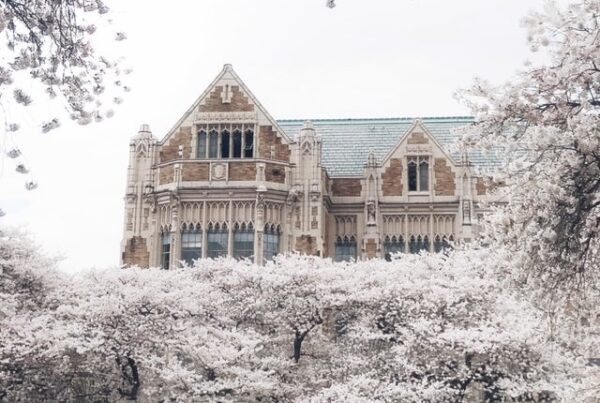Abstract: We have all seen the headlines: No Lawyer for Miles or Legal Deserts Threaten Justice for All in Rural America. There is a substantial body of literature, across disciplines and for diverse audiences, that looks at access to justice in rural communities and geographies. However, in both the popular and scholarly imaginations, the access to justice crisis has been largely conflated with the shortage of local attorneys in rural areas: When bar associations, lawyers, and legal academics define the problem as not enough lawyers, more lawyers become the obvious solution. Consequently, programs aimed at building pipelines from law schools to rural locations and incentivizing rural practice have proliferated in central states, including South Dakota, North Dakota, Montana, Illinois, Nebraska, and Arkansas. And while there may be good reasons to want more lawyers in rural communities, we argue that more lawyers may not, in fact, be the most effective or impactful intervention in the rural access to justice crisis.
This Article begins with the hypothesis that an attorney shortage and the justice gap are two distinct issues that have been uniquely conflated in the rural context and that when we begin to disentangle these problems, we better understand the complexity of each. As a starting point, we cannot measure what we cannot define. Advocates, scholars, and the legal profession lack shared definitions of both “access to justice” and “rural,” making measurement of rural access to justice, let alone comparisons across jurisdictions, nearly impossible. When we look at rural access to justice independently and without a bias or preference for lawyer-focused solutions, it seems less likely that more attorneys can effectively address the crisis for a multitude of reasons including rural community dynamics, information gaps, unclear demand, mismatched skills or expertise, cost, and potential conflicts. What we propose, instead, is a conceptualization of access to justice that is not centered around the lawyer, and we argue for a measurement of access to justice that does not rely on lawyers per capita or county (or anything) as its primary unit of measure. This Article, in turn, establishes the foundation for future work developing broader measures of access to justice infrastructure and proposing legal vulnerability as a concept that could help anticipate the needs of a community.



